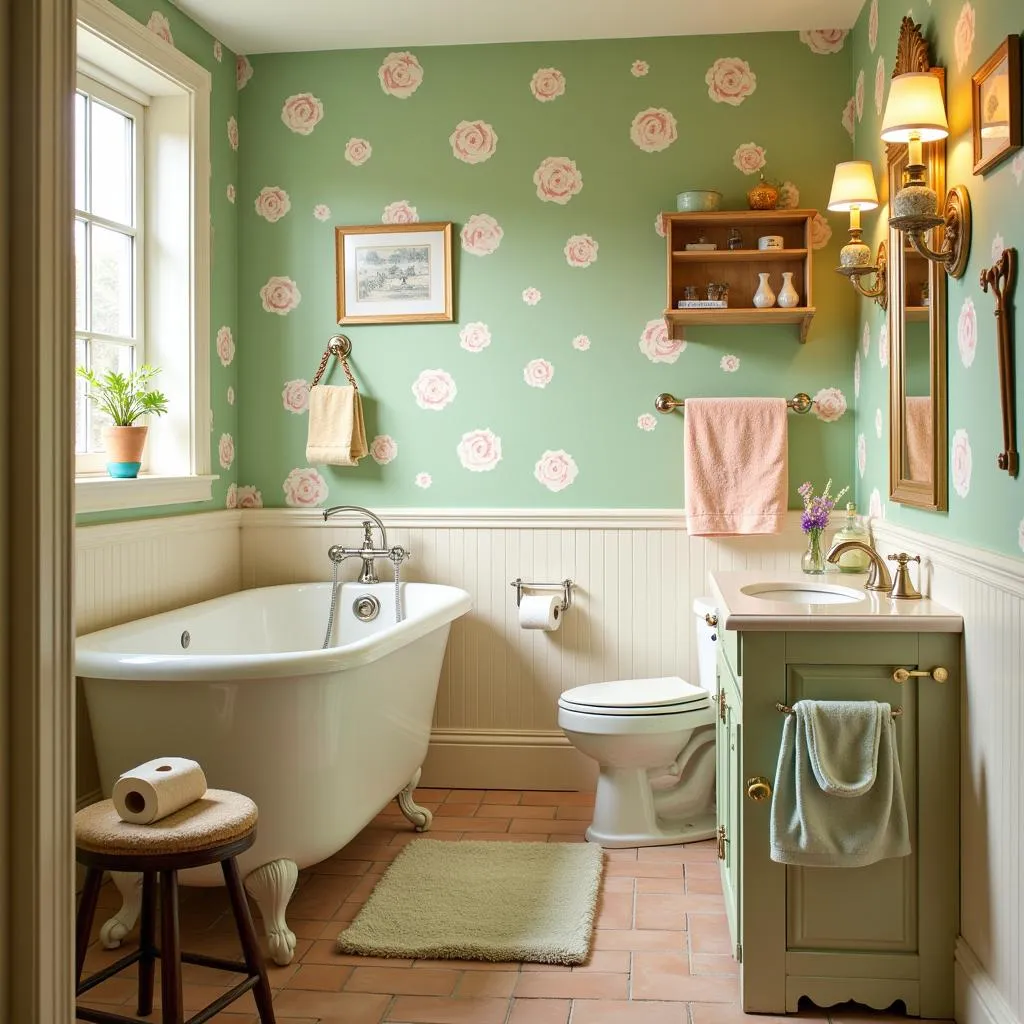Pollen, the fine powder responsible for plant fertilization, is often associated with a bright yellow hue. However, pollen color can vary significantly depending on the plant species. While yellow might be the most common color we observe, pollen can also be white, cream, brown, red, purple, and even green.
Exploring the Colorful Spectrum of Pollen
The diverse color palette of pollen is not merely for aesthetic appeal. The color of pollen can signal different things to pollinators, influencing their attraction and ultimately, the plant’s reproductive success.
Why is Pollen Different Colors?
The vibrant colors of pollen are mainly due to pigments called carotenoids and flavonoids. These pigments are produced by the plants themselves and have various functions, including:
- Attracting pollinators: Brightly colored pollen, like yellow or orange, can act as a visual cue for pollinators like bees and butterflies, signaling a food source.
- Protection from UV radiation: Some pigments act as a natural sunscreen, protecting the pollen grains from harmful UV rays.
The Relationship Between Pollen Color and Plant Species
The color of pollen can be a helpful indicator of the plant species from which it originates. For example:
- White or Cream: Common in wind-pollinated plants like birch, oak, and grasses.
- Yellow: Frequently found in insect-pollinated plants such as sunflowers, daisies, and lilies.
- Orange: Characteristic of citrus trees and poppies.
- Red or Purple: Often seen in fruit trees like apple, pear, and plum.
The Role of Color in Pollination
Plants have evolved fascinating ways to attract pollinators, and color plays a vital role in this process. While bees are highly attracted to bright yellow and blue hues, butterflies are drawn to vibrant reds, oranges, and yellows. Interestingly, birds are less sensitive to color and rely more on the shape and scent of flowers.
Did you know that the color of pollen can even influence the taste of honey? Honey produced from the nectar of buckwheat flowers, which have white pollen, has a distinctively dark and robust flavor compared to honey from clover blossoms, known for their light yellow pollen and delicate taste.
Pollen Color and Allergies
While the diverse colors of pollen contribute to the beauty of the natural world, they are also a reminder of seasonal allergies for many. If you are prone to allergies, it’s helpful to remember that:
- Not all pollen triggers allergies. Insect-pollinated plants with brightly colored pollen are less likely to cause allergies as their pollen is heavier and stickier, designed for insect transport.
- Wind-pollinated plants are the main culprits. These plants release large amounts of lightweight pollen, often white or cream, into the air, which can easily be inhaled, triggering allergic reactions.
 Various Types of Pollen
Various Types of Pollen
Conclusion
The next time you encounter pollen, take a moment to appreciate its diverse colors and the fascinating role it plays in the plant world. From attracting pollinators to influencing honey flavor and triggering allergies, pollen is an essential element of our ecosystem.

